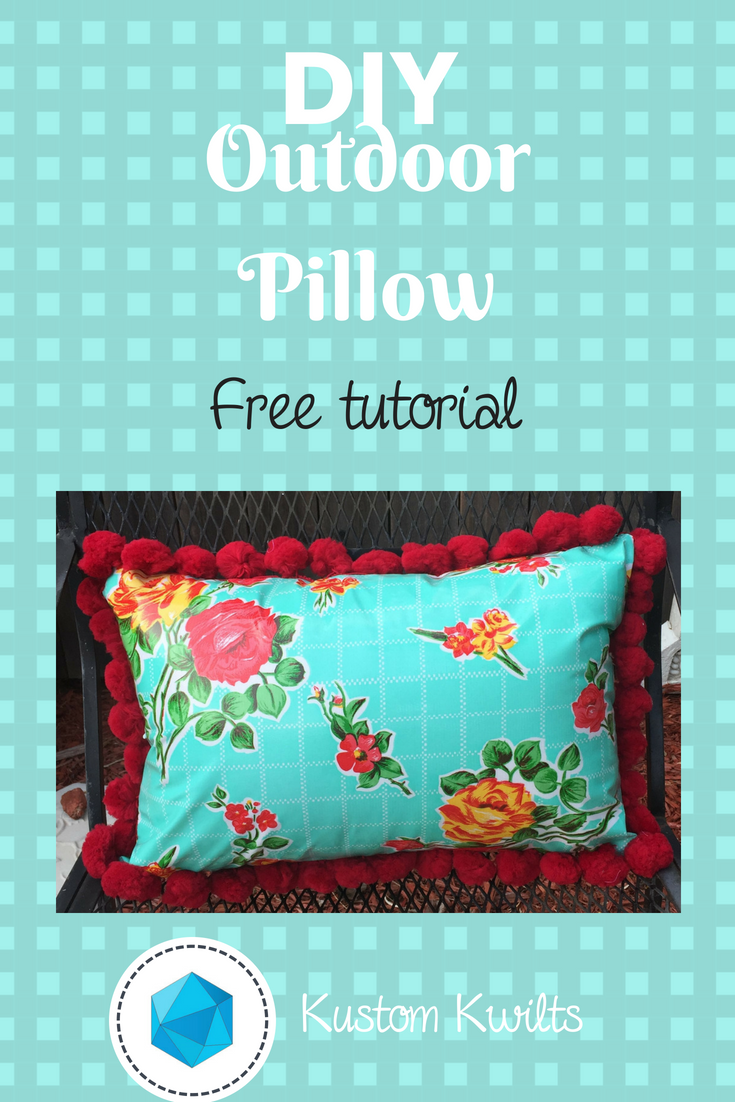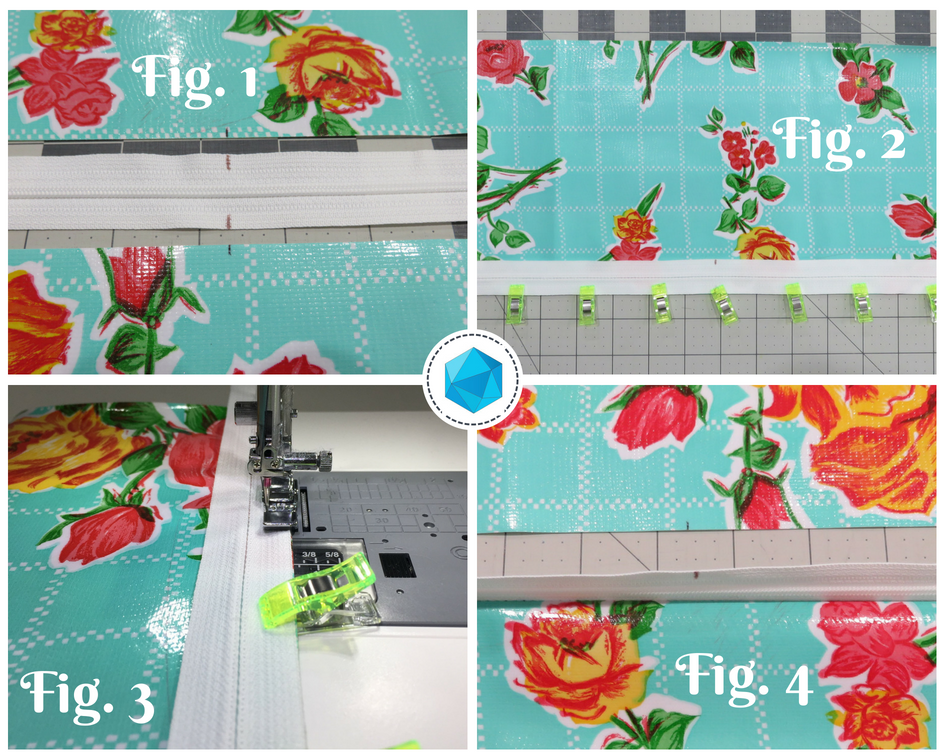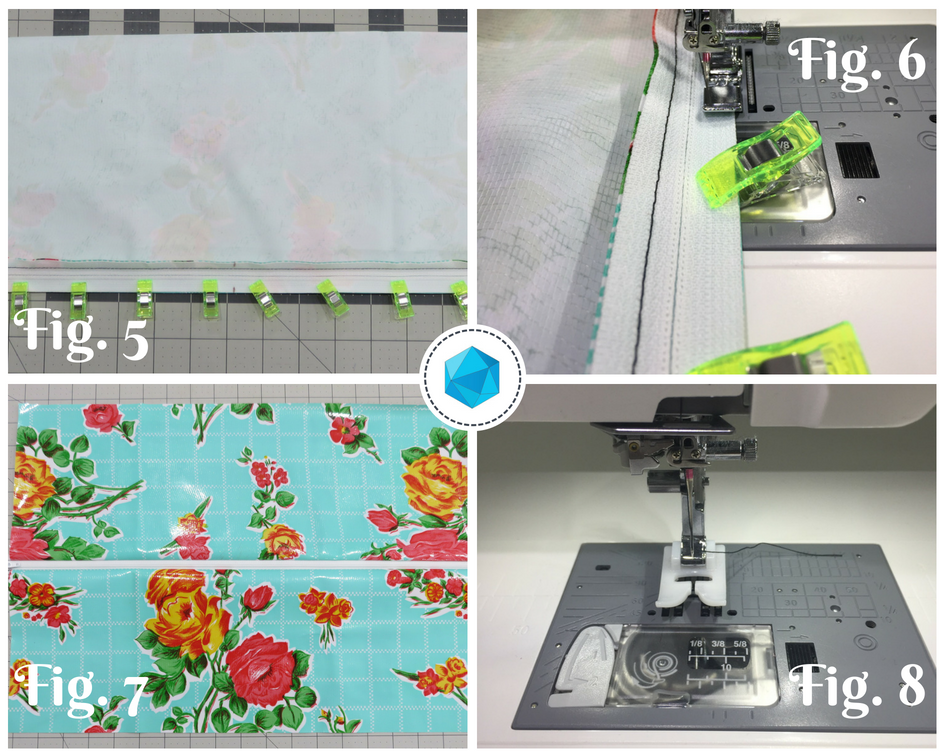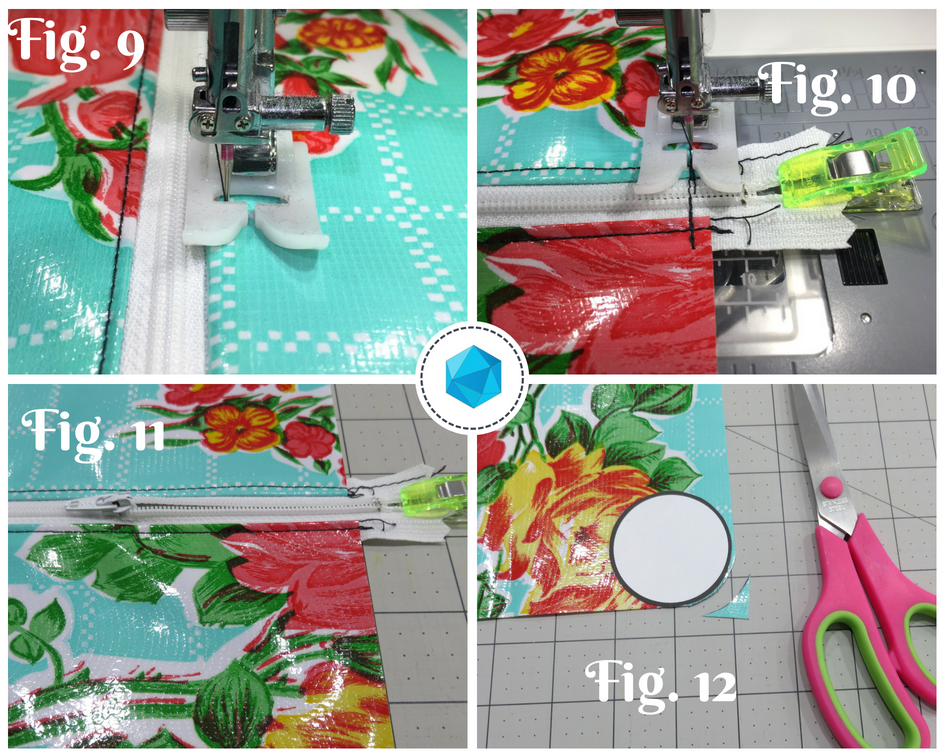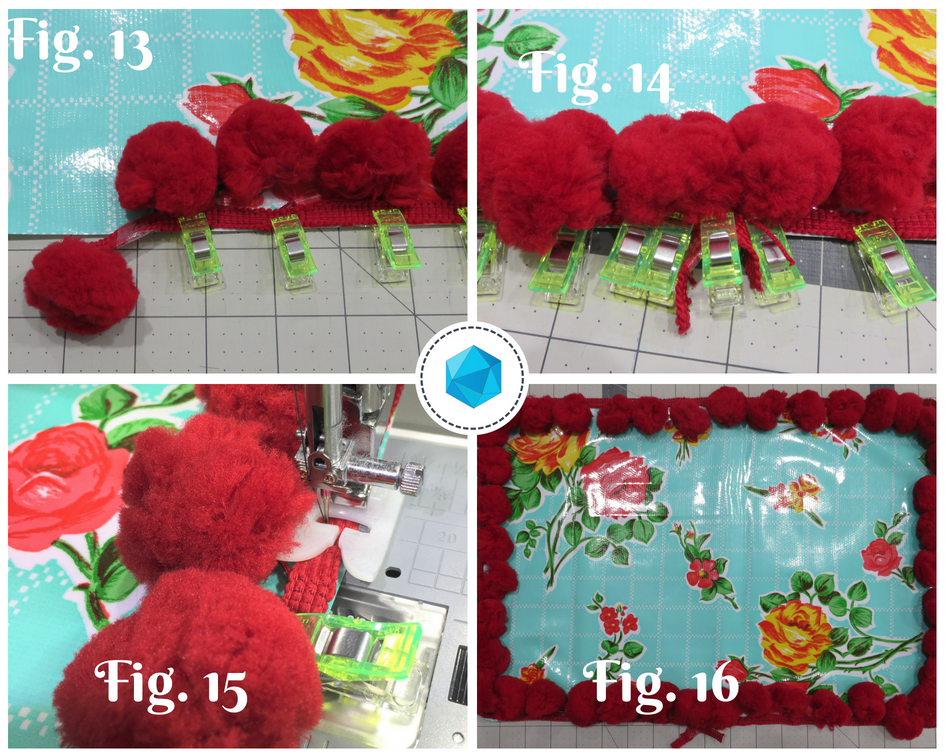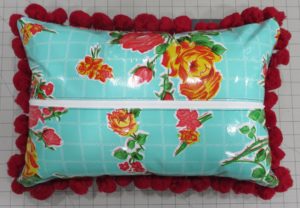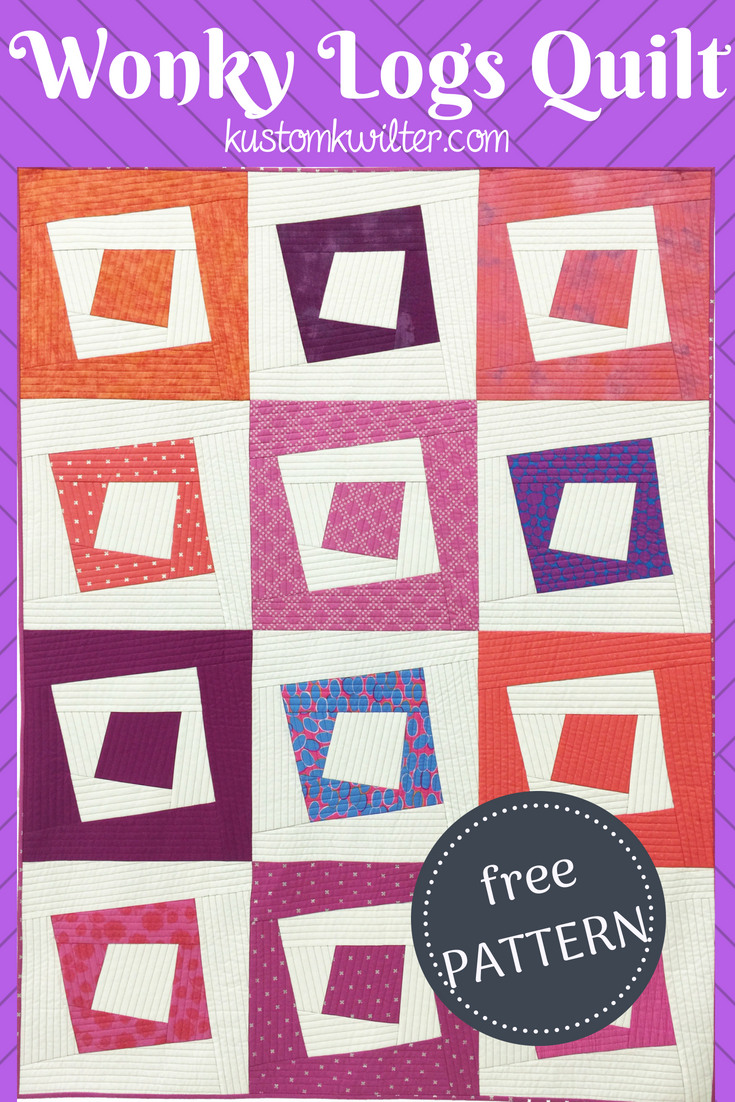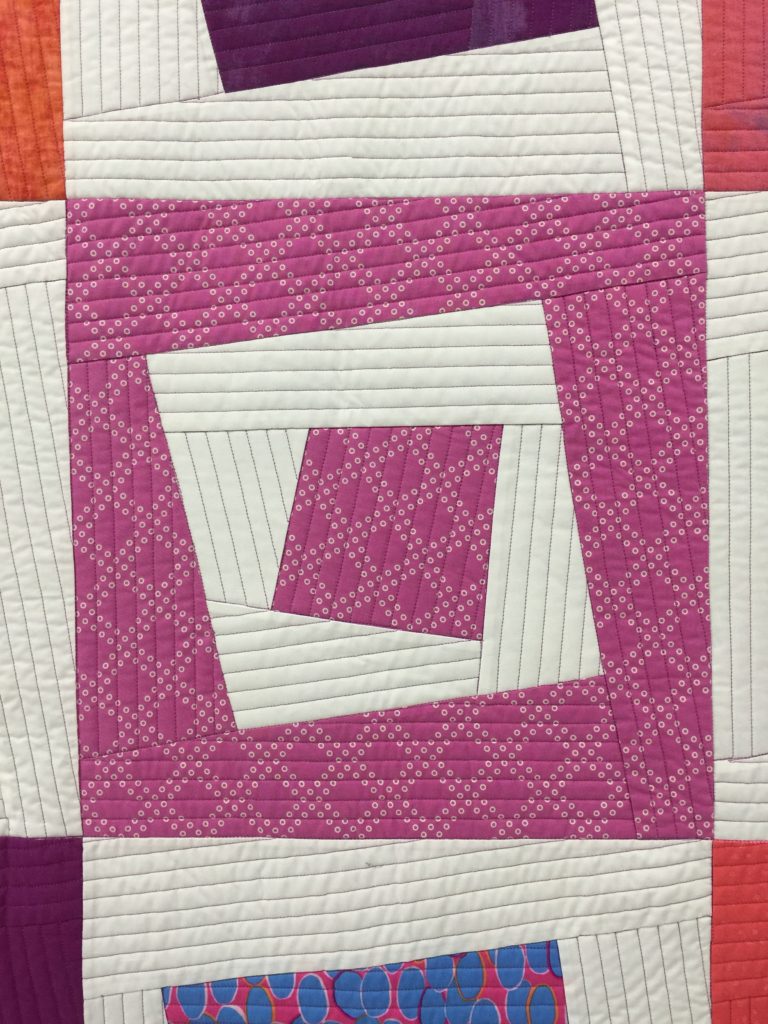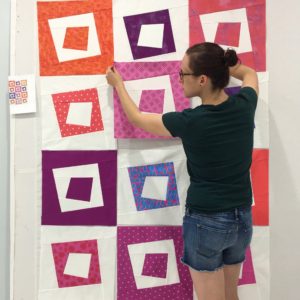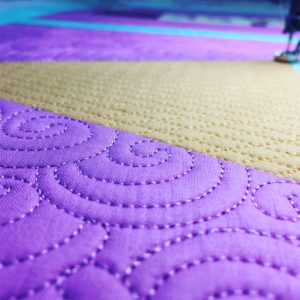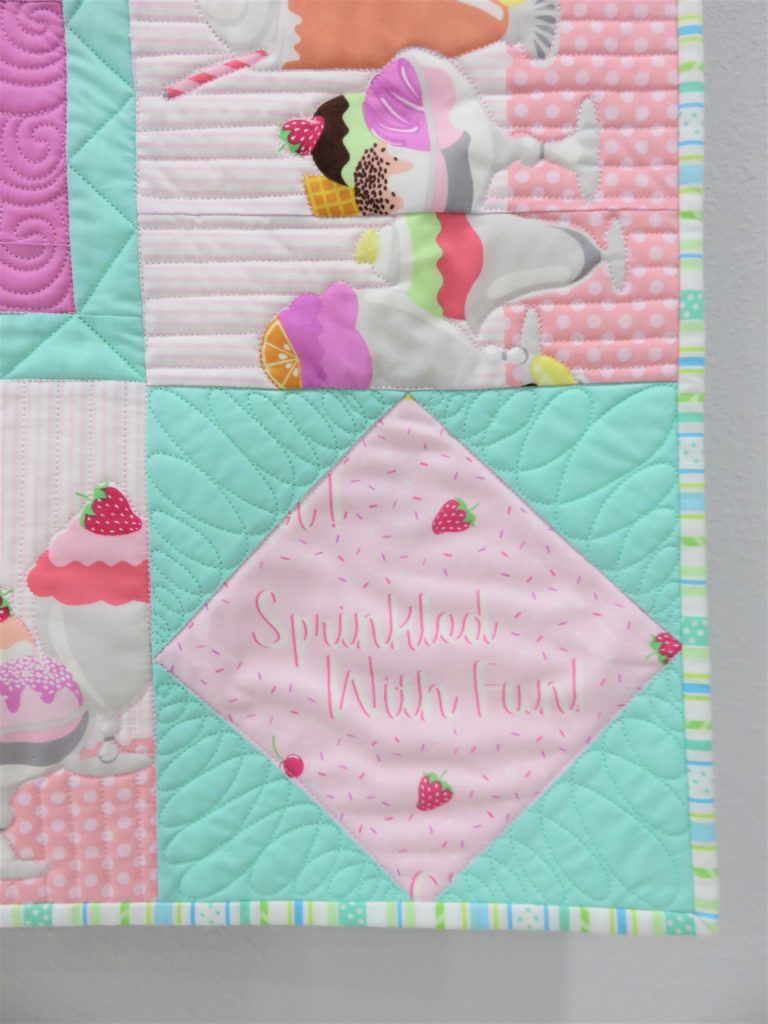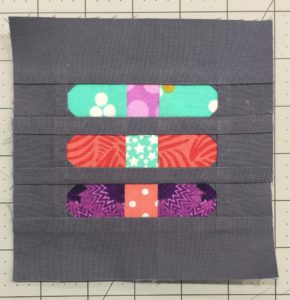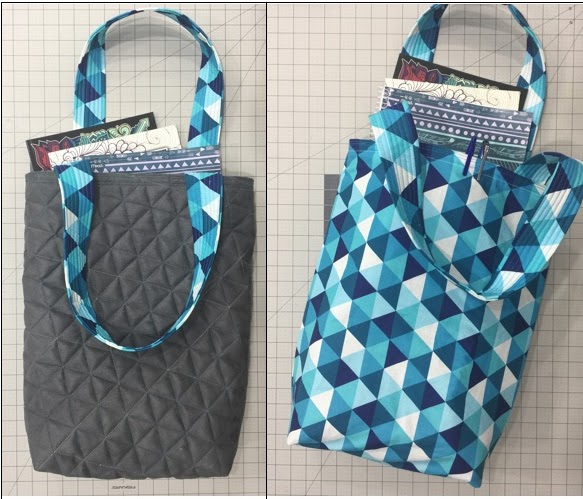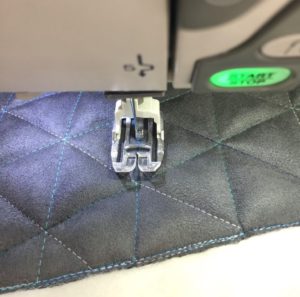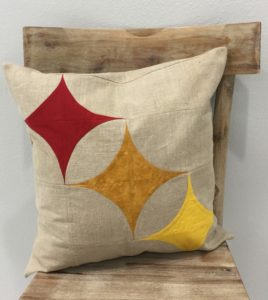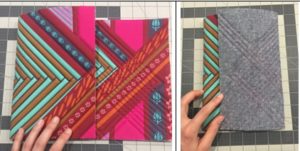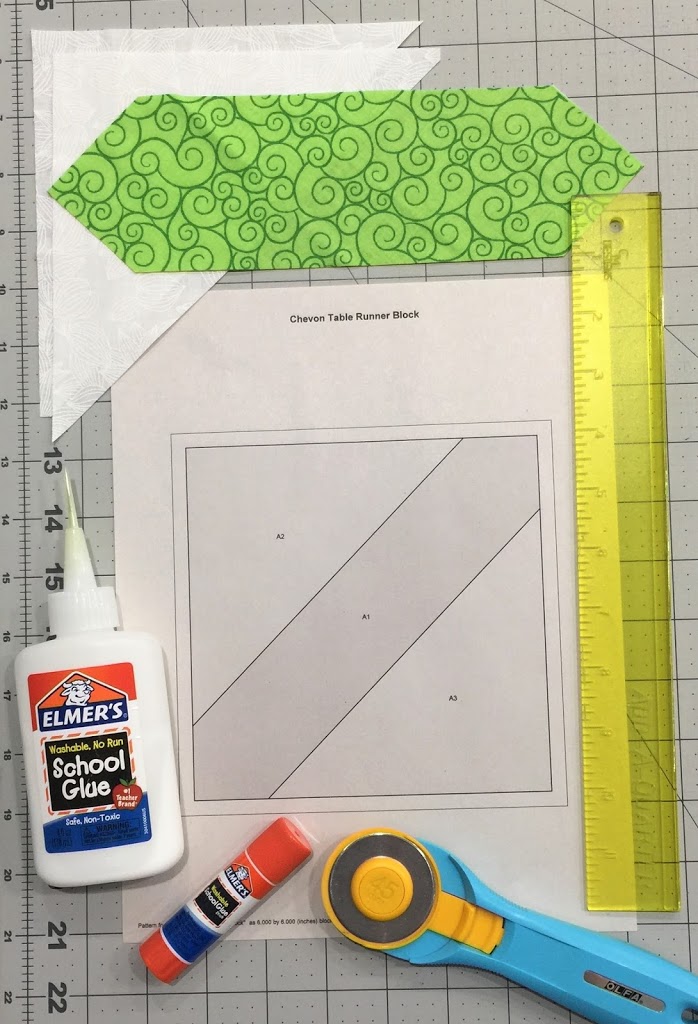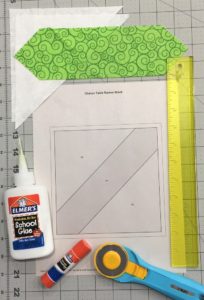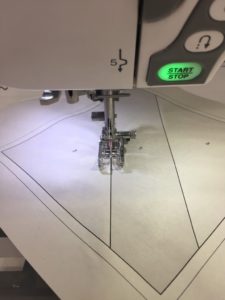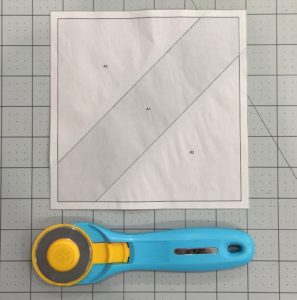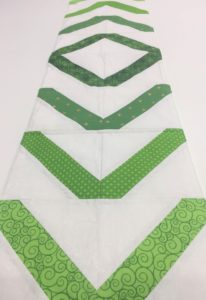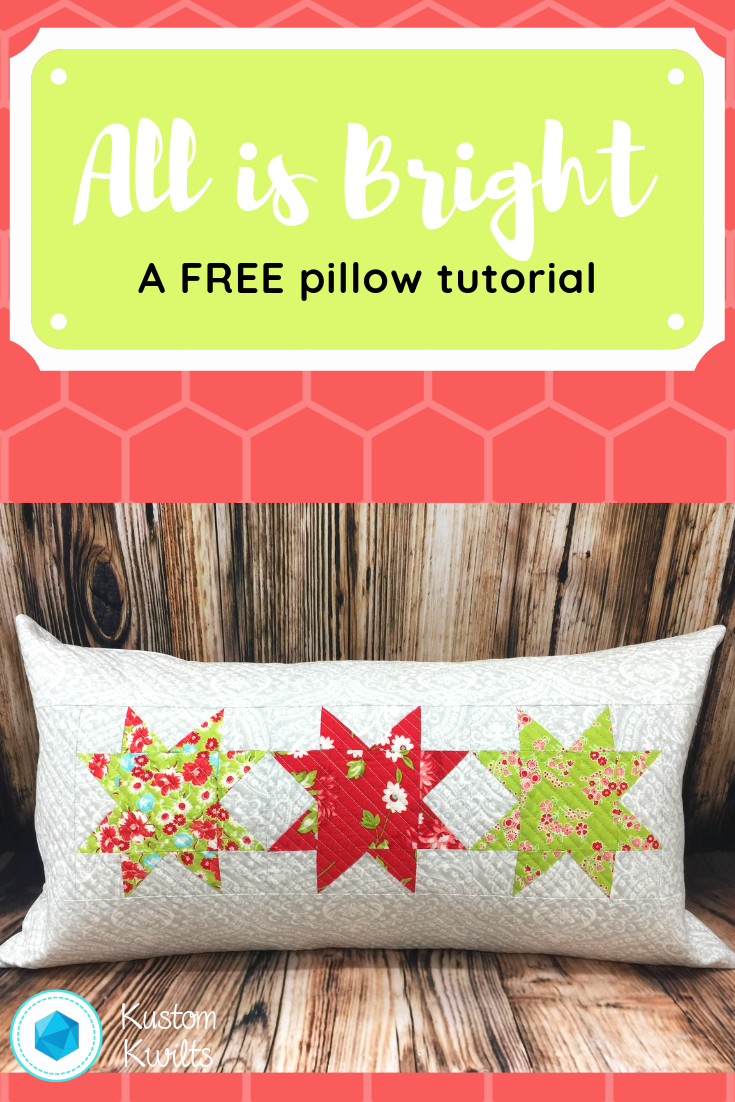
Are you tired of your throw pillows and need a quick way to freshen up your home dec? Grab a few sewing supplies, a pillow form, and some fabric and you’ll be on your way to piecing and quilting up this simple pillow cover in no time at all! I made my pillow on the Janome MC9400, but it can easily be adapted to work with any sewing machine and it’s helpful if you’ve got a walking foot (or some sort of dual feed device), but not a deal breaker! This tutorial consists of piecing some flying geese units and doing a little straight line quilting to add a modern punch to your home dec. Check out the supply list below, then click on the PDF instructions “All is Bright” below for the complete project.
Supplies
- Janome HMC9400QCP (or other sewing machine)
- Janome supplies (or other sewing machine supplies): Dual feed foot holder, Dual Feed Foot AD, 1/4″ Foot, Standard Foot A, Purple Tip Needle, Empty Bobbin, Pre-wound Bobbin
- 1 FQ bright green floral fabric (fabric A) sub cut into:
- (4) 2-3/8†square
- (1) 3-1/2†square
- 1 FQ true red floral fabric (fabric B) sub cut into:
- (4) 2-3/8†square
- (1) 3-1/2†square
- 1 FQ bright green and true red mix fabric (fabric C) sub cut into:
- (4) 2-3/8†square
- (1) 3-1/2†square
- 1-3/4 yds. light grey patterned fabric (fabric D) sub cut into:
- (12) 2″ squares
- (3) 3-1/2†square
- (1) 18†x 30†(back of the quilted pillow top)
- (2) 4-1/2†x 6-1/2†(borders)
- (2) 4-1/2†x 26-1/2†(borders)
- (2) 13-1/2†x 15†(pillow back)
- 1 yd. SF101 woven fusible interfacing sub cut into:
- (2) 13-1/2†x 15â€
- 16†x 28†piece of batting
- Coordinating all-purpose sewing thread for piecing and quilting
- 12†x 24†pillow form
- Other miscellaneous supplies: Spray baste/basting pins, Spray starch, sewing pins, thread snips, marking pen/tailor’s chalk, rotary cutter/ruler/mat, iron and pressing board
Piece the Flying geese units and assemble the pillow (PDF instructions)

I can’t wait to see how your pillow turns out! I hope you’ll tag me on Instagram @kustomkwilts when you finish your awesome project 🙂

